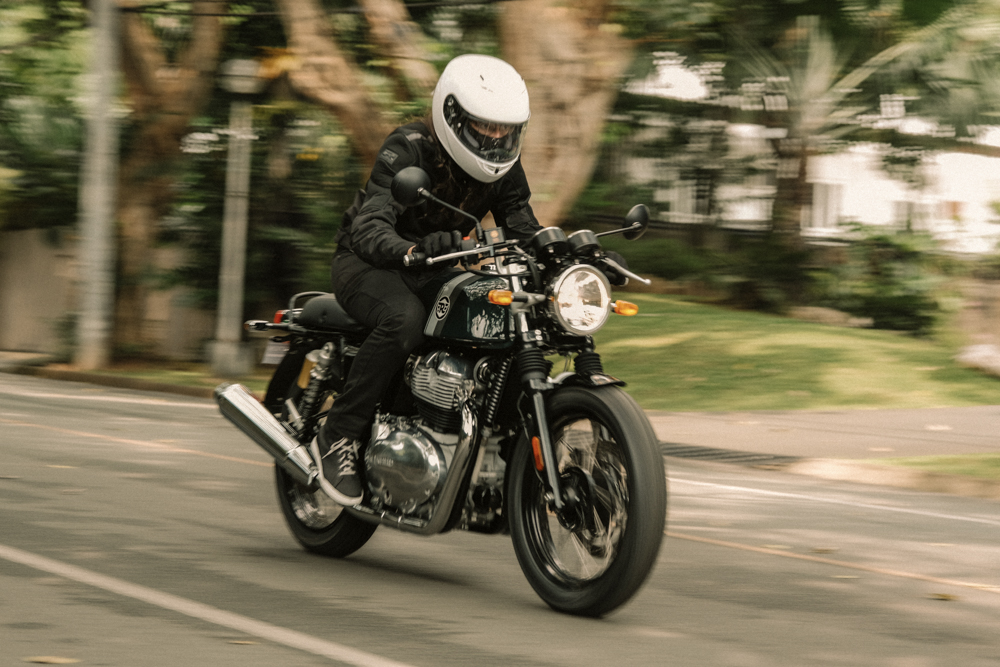
Royal Enfield is the world’s oldest motorcycle brand, with its manufacturing prowess stretching back beyond the inception of its first motorcycle in 1901. The two world wars came and went with the company producing workhorses for military units, and as time lent itself toward peace, it continued on with the knowledge it acquired during those turbulent years.
The post-war economic boom of Japan had a lot of the Western bike manufacturers spooked with the reliability and price points the new Eastern entrants flooded the market with, and Royal Enfield was no exception to this. As part of its last hurrah, it pushed forth the Continental GT dubbed “Britain’s Fastest 250,” and the Interceptor with its iconic 692cc parallel-twin engine. Unfortunately, this came a little too late and a little too weak to beat the market, and just barely delayed the company’s eventual demise.
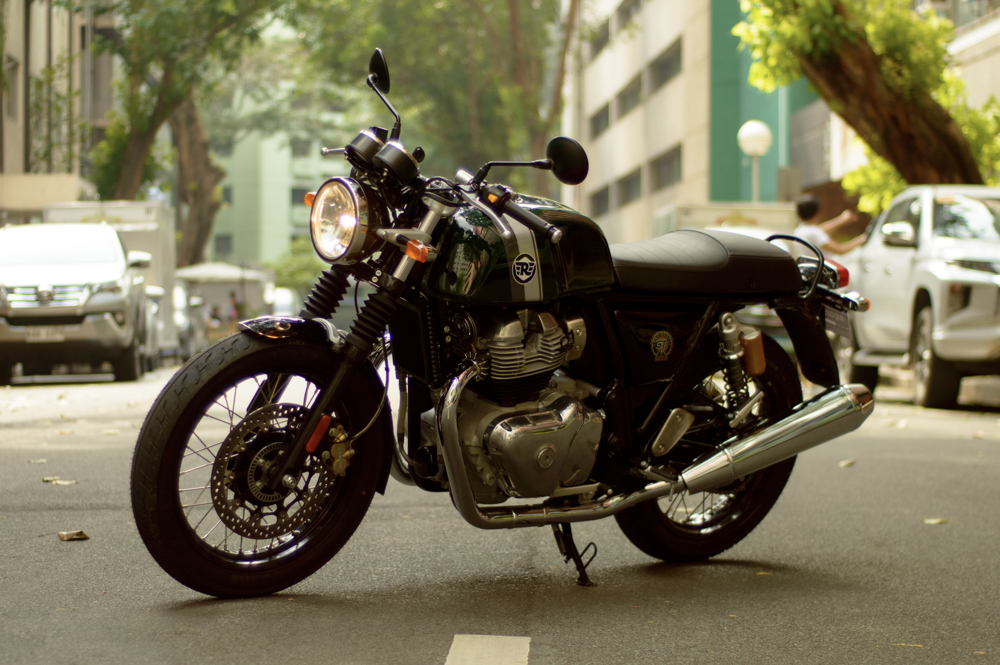
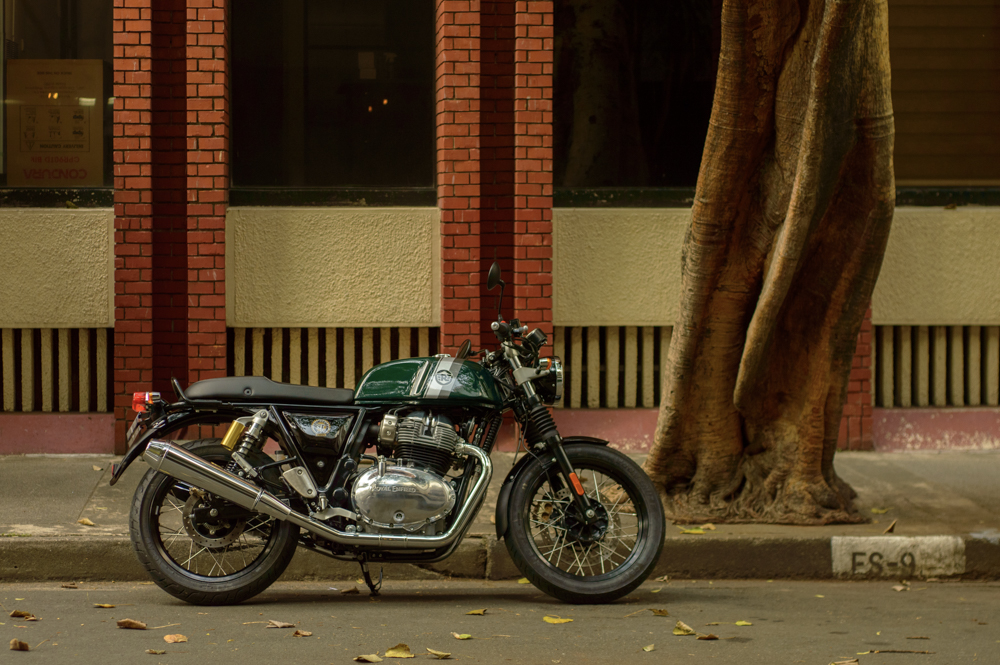
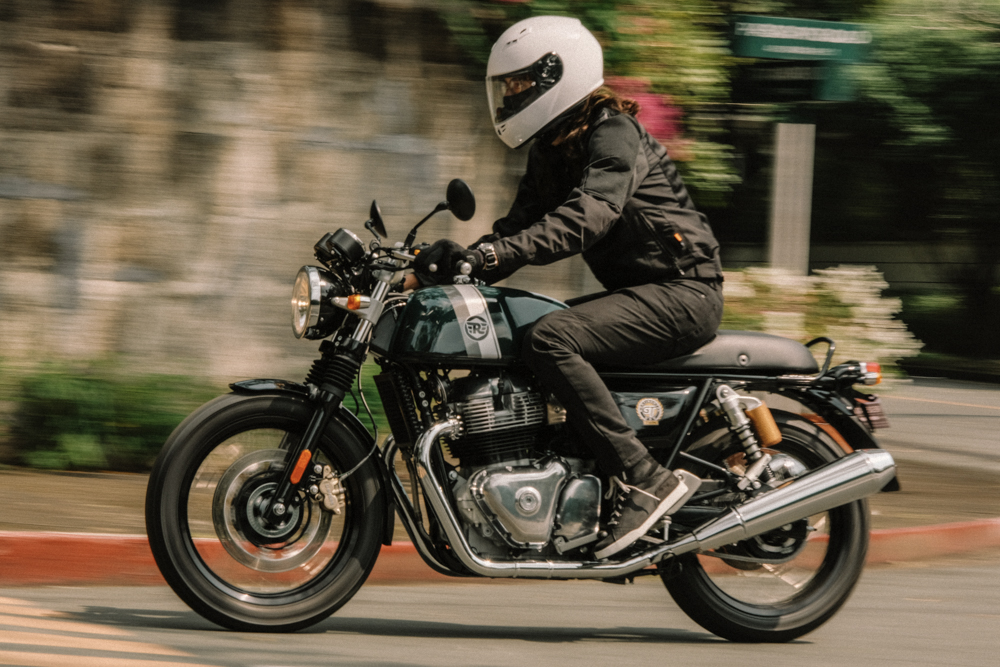
In the decades when India was consolidating its independence, there came a need for a simple yet reliable motorcycle to patrol its borders—a good chunk of which is challenging, mountainous terrain. A deal was struck up between Madras Motors and Royal Enfield to transfer tooling and produce the Bullet 350 under license. This introduced the brand to the subcontinent and forged the path for the India-based Eicher Group to merge with Royal Enfield in 1994. A cursory purchase of Harris Performance Products, the group that engineered the frame of the original Continental, was made in 2015.
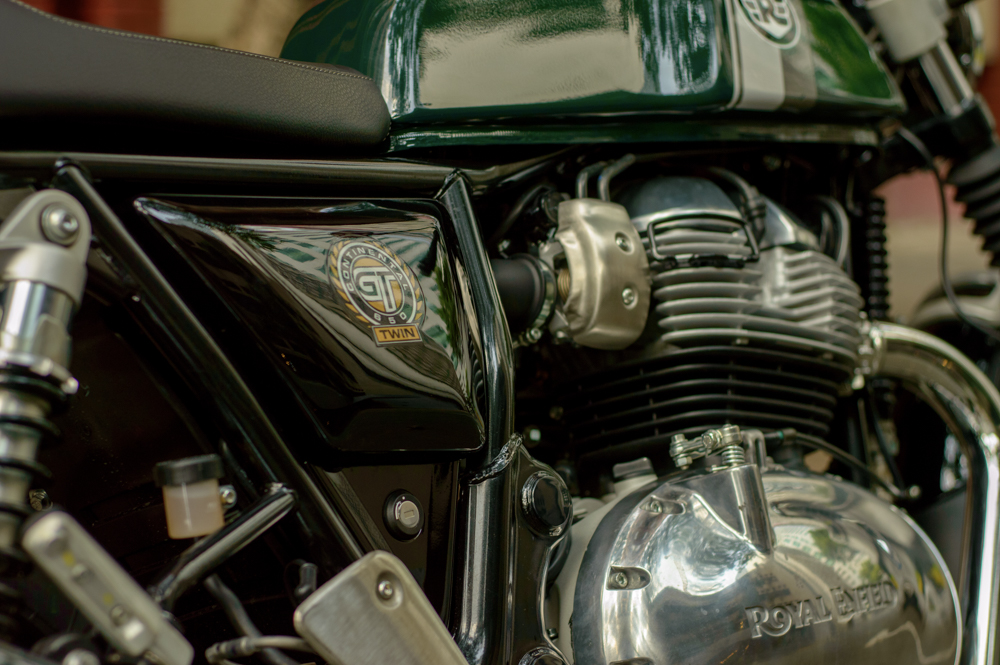
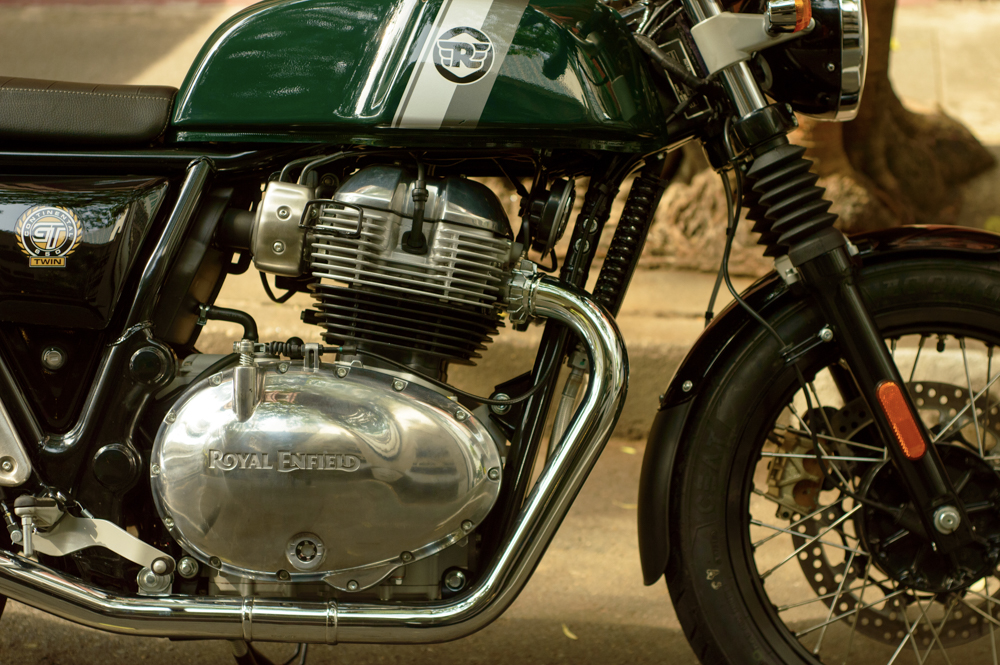
This convoluted history lesson is a brief glimpse to all the events that led to the production of the Continental GT 650. Unlike several retro-styled machines available today that are mostly retro just for the sake of being retro, the GT manages to pay homage to its lineage and improve upon it at the same time. It is a successor worthy not only of the nameplate, but that of the Royal Enfield badge as well.
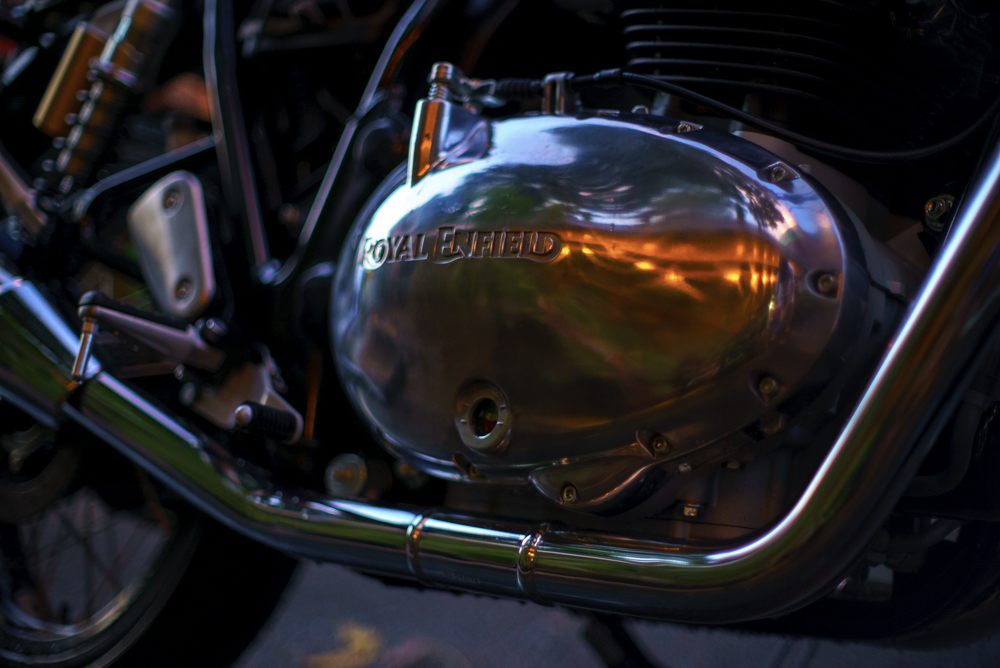
At the heart of the bike is a four-stroke fuel-injected 648cc parallel-twin engine that has both power and soul. While a reasonable engineer would make each cylinder fire at 180° apart to smoothen power output, the naughty folks who designed the thing in Leicestershire made them fire at 270° apart with a counterbalance to make sure the mechanical lunacy doesn’t rip the frame to shreds. And what a beautiful decision this was, as a slight increase in vibration from the engine lends itself to a symphony of wet and wondrous exhaust notes with burbles on the side.
Couple this with a beautiful leather saddle, classic tank styling and paint schemes, oversized fenders, and a significant smattering of chrome components on a black frame, and you get a retro machine that’s not just eye-catching but absolutely head-turning as well.
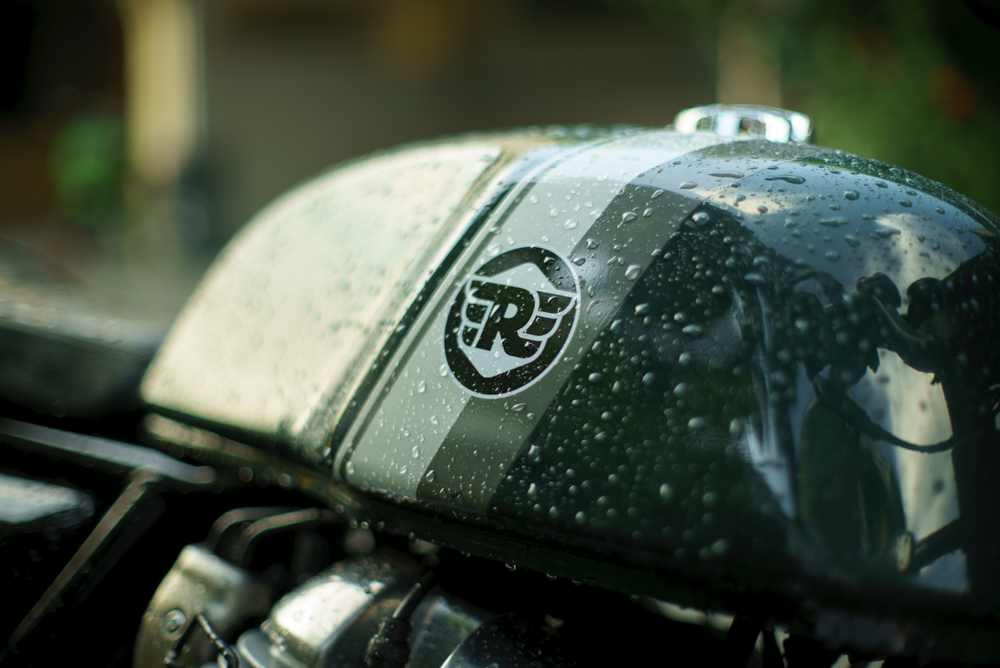
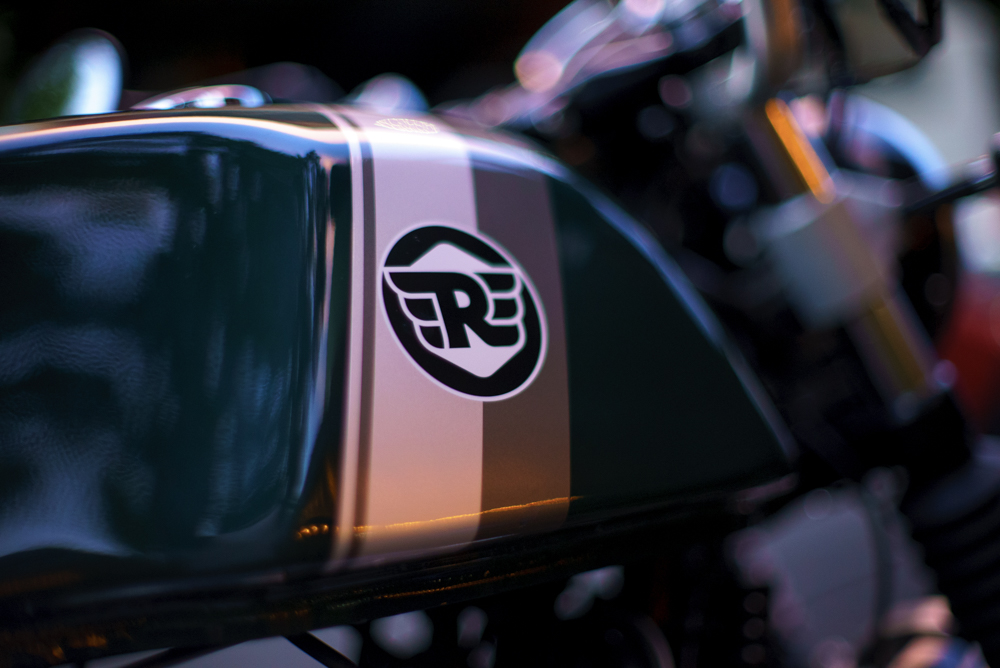
Yet, while the very tasteful styling and tucked-in posture of the Continental GT’s café-racer profile makes it the perfect pogi machine, the best thing Royal Enfield did to bring the bike to the 21st century was to know which components to keep retro and which ones to update. While the engine itself may have been styled to look like its ancestors, it has been equipped with Bosch’s electronic fuel injection and engine management to avoid the wonky starts and fiddly maintenance of yesteryear’s carbureted motors. The gauge cluster is fully electronic with blinking lights for various subsystems and an LCD to let you know your fuel level and distance traveled, but the speedometer and the tachometer remain analog.
There are some reminders of the Continental being produced to a price point to some degree, as with everything else today. The chrome polishing is uneven between the crankcase and the exhaust pipe, and some stamped steel covers have razor-sharp burrs from the factory. Forgivable, given that an afternoon with polish and sandpaper would clean up these misgivings.
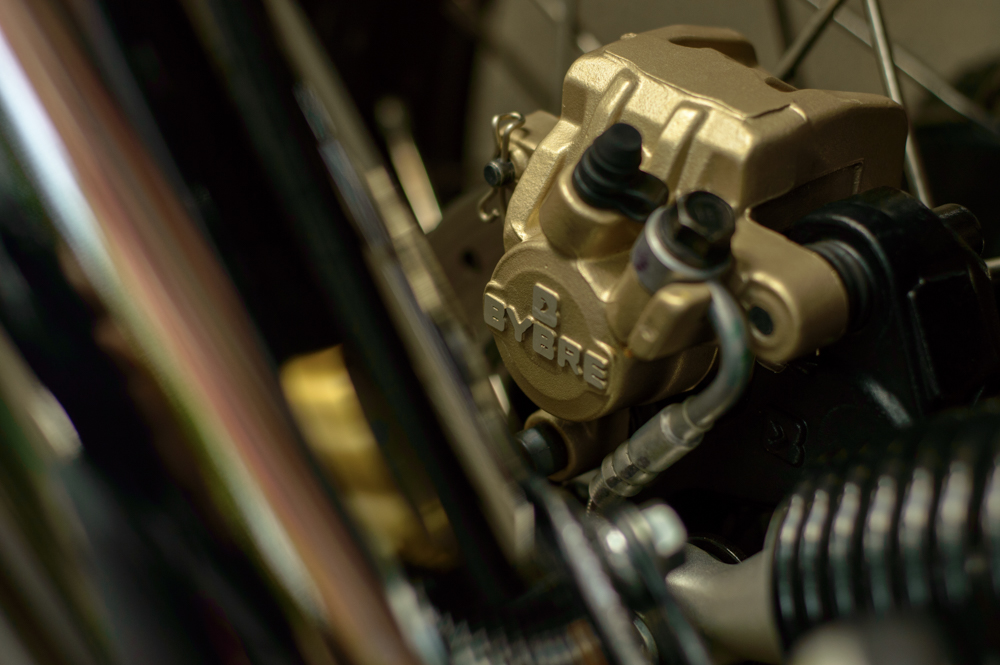
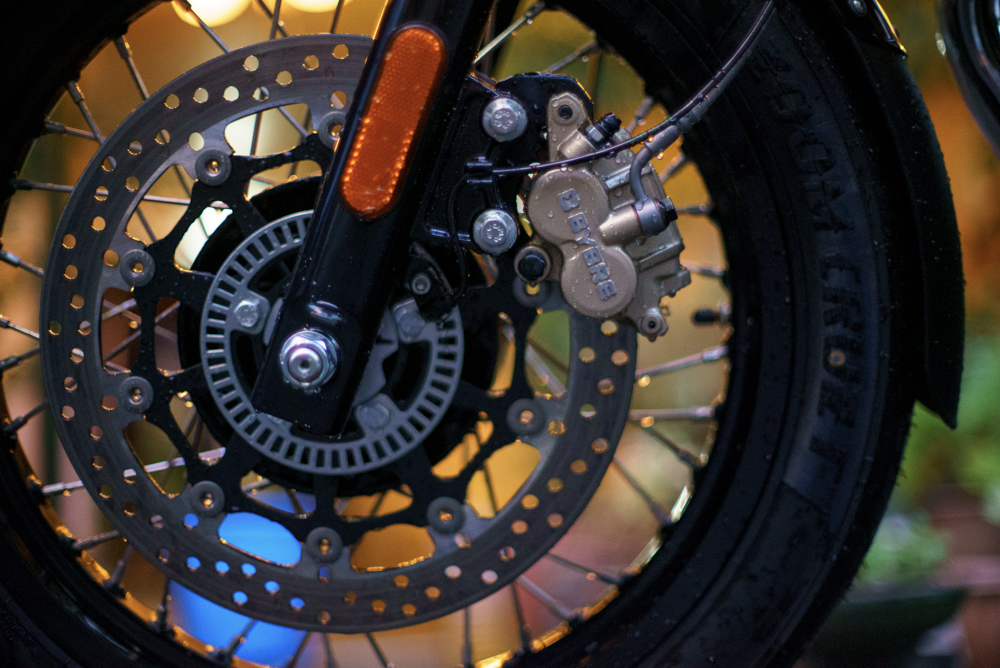
It’s hard to pin for who exactly this bike was made for. The retro styling is bold yet classy enough that you could turn up and steal the limelight without looking arrogant. The engine’s compression ratio is but a measly 9.5:1 which, quoting the marketing blurb, generates “a very usable 47hp at 7,250rpm,” with its peak torque of 52Nm coming in somewhat early at 5,250rpm. This is rather low for 648cc, considering Honda and Kawasaki manage to produce similar figures with their 399cc engines. The low compression ratio allows you to use lower-octane fuels at the pumps, however. A two-channel ABS and Euro 4 compliance allow for it and the Interceptor to pass Europe’s strict emissions standards and keep you safe and healthy on the road.
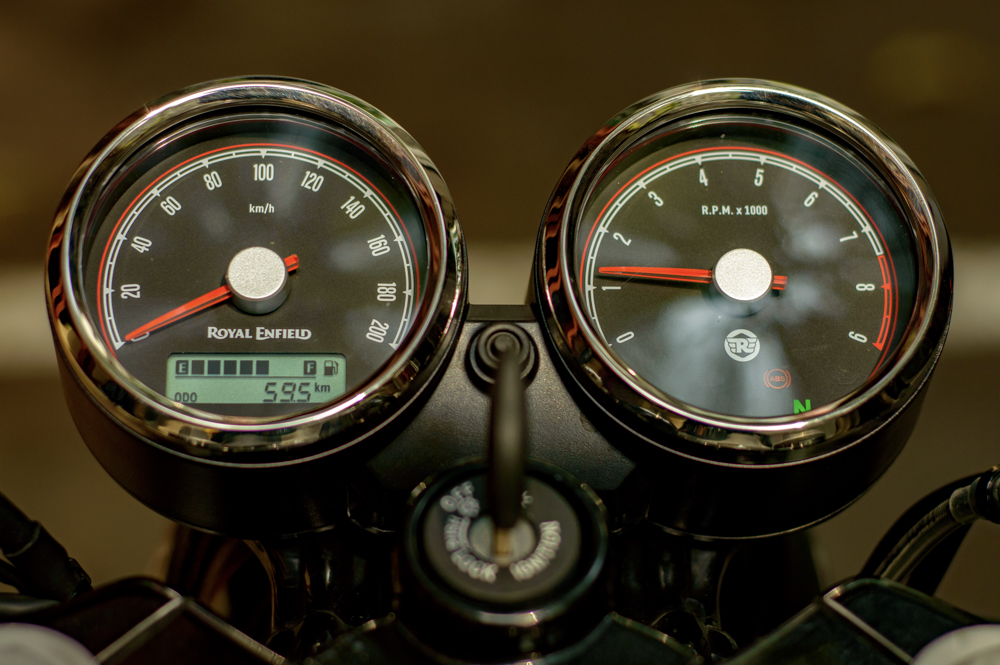
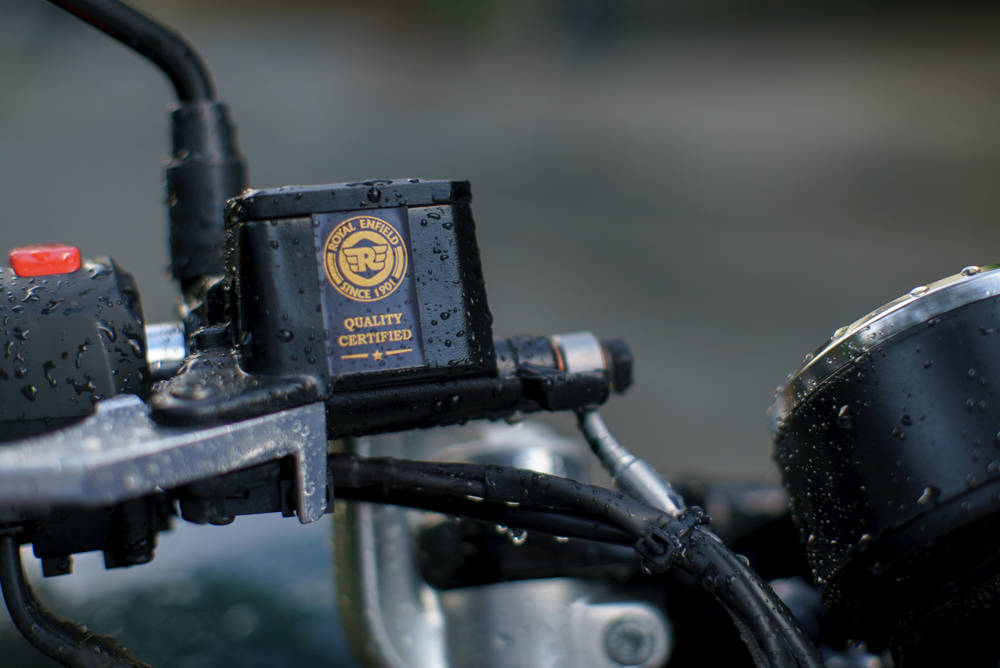
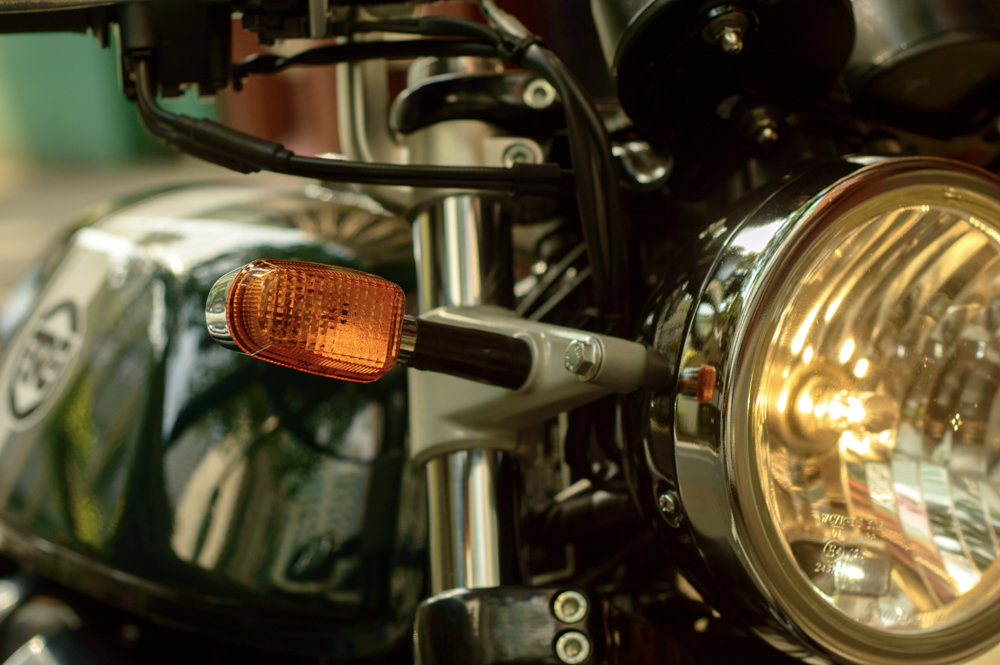
What I’m sure of, however, is that the bike is not just a means for the rebirth of the Continental GT nameplate, but of the joy of motorcycle riding in general. While its heft does make itself rather known, the manageable power figures and slipper clutch make it a big bike that’s very friendly for beginners (myself included). There’s barely any risk of whiskey throttling or lift-off oversteer given the low-compression engine, something very beneficial to those who may still be developing the finer motor control needed for riding. The clutch lever is light and smooth, making gear shifts effortless.
This does not detract, however, from the enjoyment of both seasoned riders and those longing to get back on a bike once more. The tucked-in stance is not too aggressive for newbies and those whose lower backs have seen better days, but the handlebars can be fitted lower for users who want to turn it up to eleven. Prices are reasonable, starting at P394,000 for the standard colorways (such as British Racing Green featured here) up until P407,000 for special tones. A rather reliable engine and PMS packages that won’t break the bank at Royal Enfield’s service center sweetens the deal, with an included three-year warranty being the cherry on top.
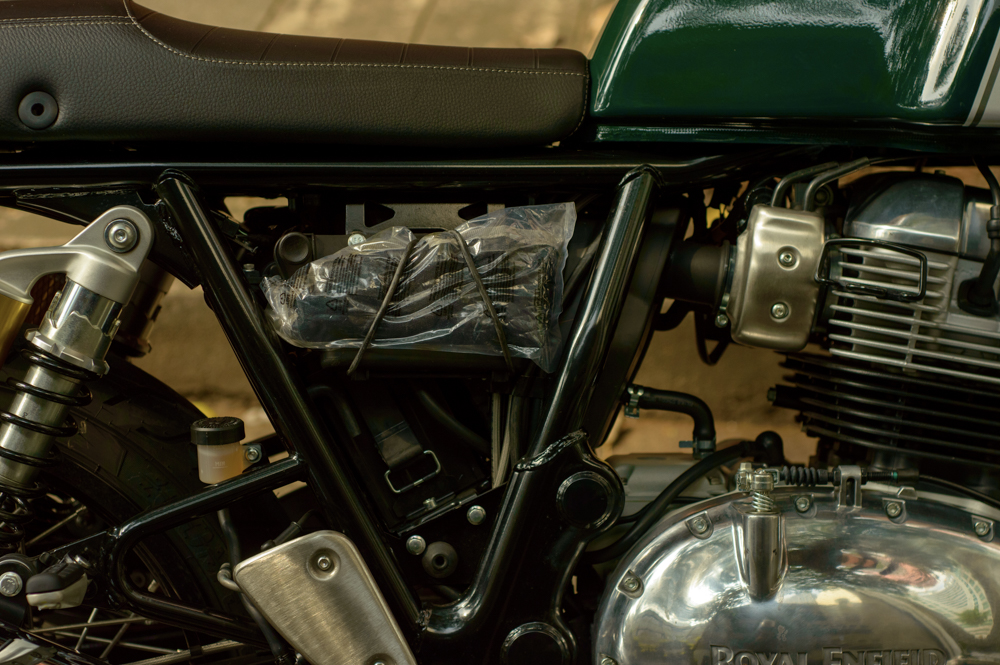
All these combine to make one heck of a machine. It looks striking, sounds amazing, and feels like a dream to ride. And, while the Continental GT and the Interceptor are basically identical except in ergonomics (heck, they even share the same set of accessories at the dealer) the café-racer stance of the former just makes it look that much cooler without throwing away modern-day sensibilities.

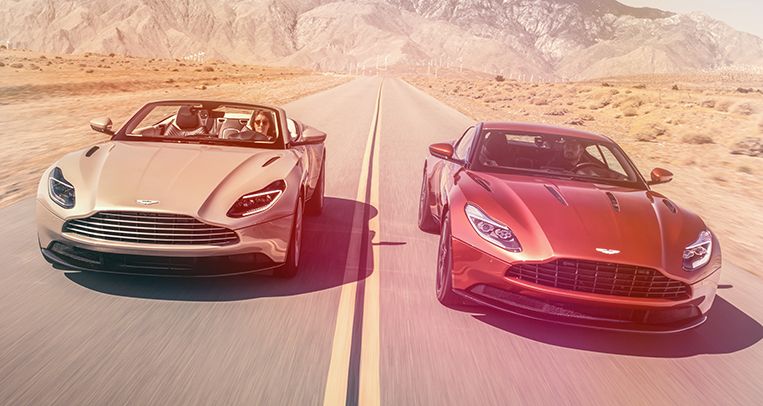
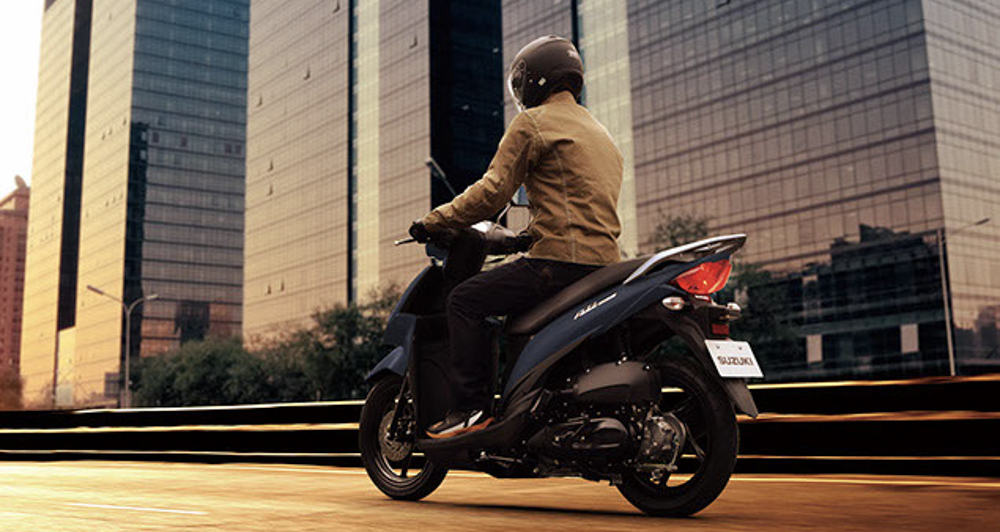
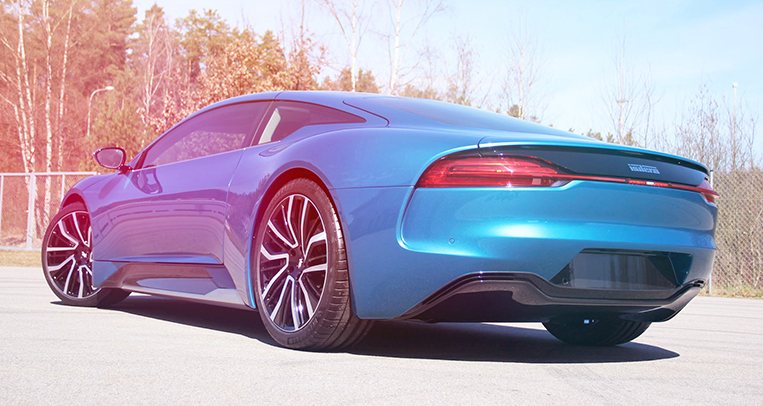
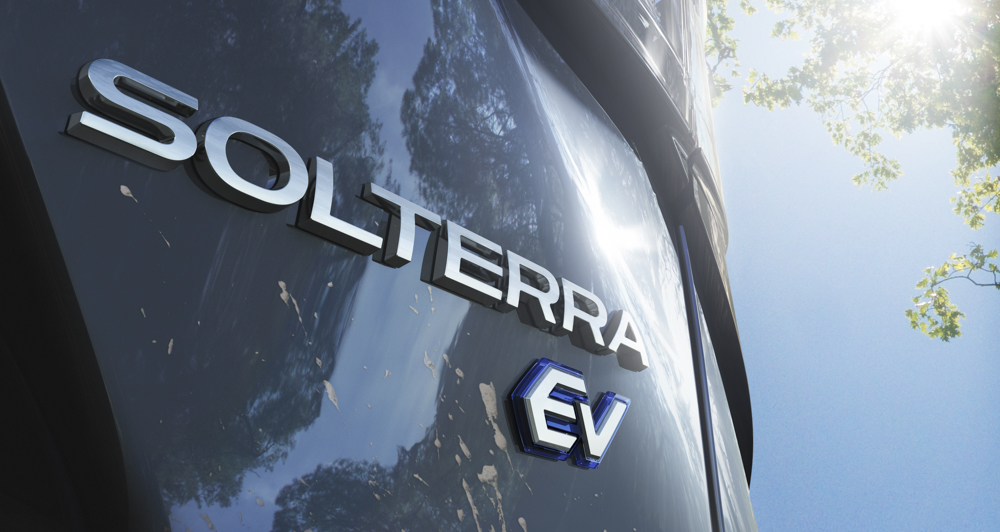
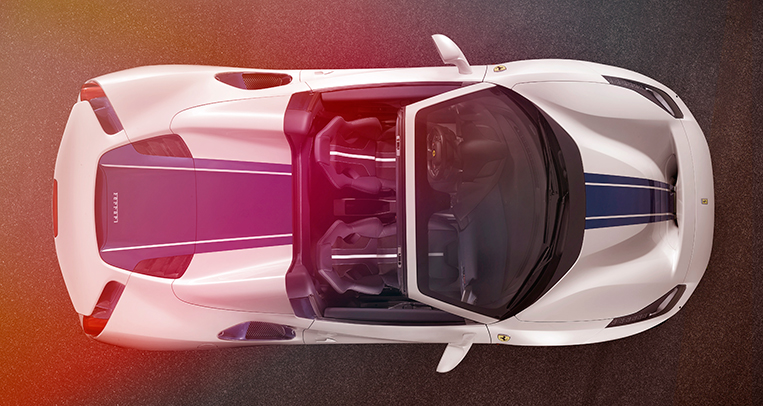





Comments